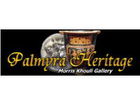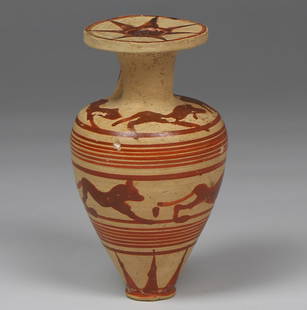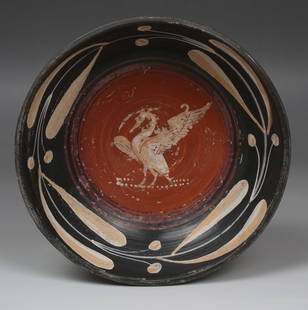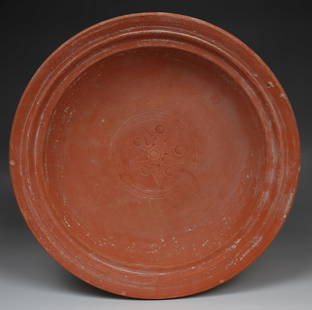
Ancient Islamic “Grenade”, Terracotta, blue paint, 8th
Similar Sale History
View More Items in Vases & VesselsRelated Vases & Vessels
More Items in Ancient Greek & Roman Vases & Vessels
View MoreRecommended Decorative Objects
View More



Item Details
Description
Ancient . Islamic “Grenade”, Terracotta, blue paint, 8th-10th C, Size 3 3/4 inches high. (100x80x80 mm)Reference Group 1: Rockefeller Museum in Jerusalem, pottery hand grenade #225, Baalbeck Museum, photo taken and attached to CNG receipt, Bron Lipkin web site: “During the early Middle Ages and the Crusades, both Byzantine and Arab armies used such as these which were known as 'Greek Fire' grenades. They were hurled at the enemy, by hand or catapult. The composition of the incendiary material of Greek fire remains a matter of speculation with proposals including combinations of pine resin, naphtha, quicklime, sulphur, or nitre (saltpetre).They were apparently mainly used in sieges and naval combat and definitely at the siege and downfall of Constantinople. The first grenades appeared in the Eastern Roman (Byzantine) Empire, not long after the reign of Leo III (717-741). Byzantine soldiers learned that Greek fire, a Byzantine invention of the previous century, could not only be thrown by flamethrowers at the enemy, but also in stone and ceramic jars. Later, glass containers were employed. Byzantine hand grenades with Greek fire in the 10th to 12th centuries are on display in the National Museum at Athens. The use of Greek fire, spread to Muslim armies in the Near East, from where it reached China by the 10th century.”Reference Group 2: Ceramics from Islamic Lands, the Al-Sabah collection, page 131 Cat Ad3 nearly the same example with dots on side. Described as a sphero-conical vessels, Egyptian 10th-11th C CE. “Savage-Smith suggests that this shape may have been intended as aeolipiles, which filled with water were placed in a fire with the resulting jet of steam acting like bellows to increase the temperature. However, this function is the least supported by any direct evidence.”Provenance: CNG Auction 37, #2748, (03/20/1996) Ex, Washington DC collection.
Buyer's Premium
- 22%
Ancient Islamic “Grenade”, Terracotta, blue paint, 8th
Estimate $300 - $400
5 bidders are watching this item.
Shipping & Pickup Options
Item located in New York, NY, usSee Policy for Shipping
Payment

Related Searches
TOP


















































































